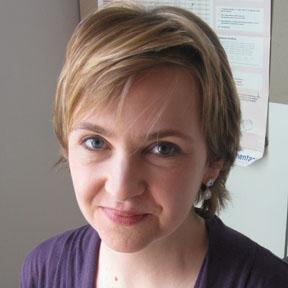Amanda Jamieson, newly hired assistant professor of biology, is the lead author of a paper in Science Express April 25 that traces the reason why dual infection of first a virus and then bacteria can be so deadly. In a series of experiments, she and colleagues at Yale and her current institution, the University of Vienna, used a mouse model of flu and then Legionella pneumophila to investigate what makes the combination so troublesome. The team ruled out possibilities including impaired resistance to the pathogens or an overzealous immune response. Instead, they found, when flu strikes followed by Legionella pneumophila, the lung suffered fatal tissue damage. They even showed that by administering tissue-repairing growth factors, they could prevent that harm. “We discovered that tissue repair mechanisms in the lung were affected by secondary bacterial infection, and by targeting a tissue-repair pathway we were able to increase survival after coinfection. In the future I will continue to investigate various mechanisms of tissue repair and tolerance mechanisms of the lung,” said Jamieson whose appointment in Brown’s Department of Molecular Microbiology and Immunology begins July 1, 2013.
Read more
